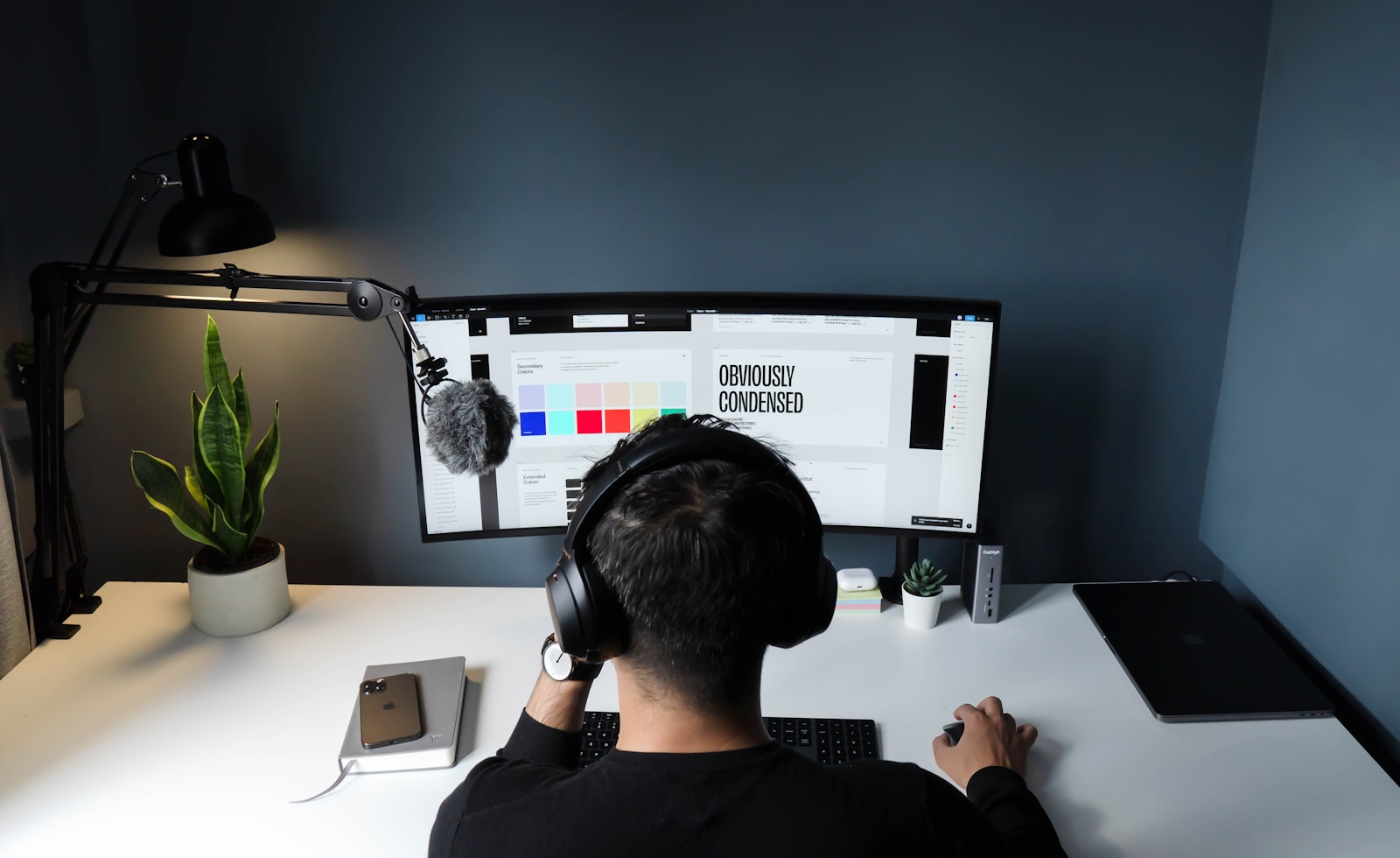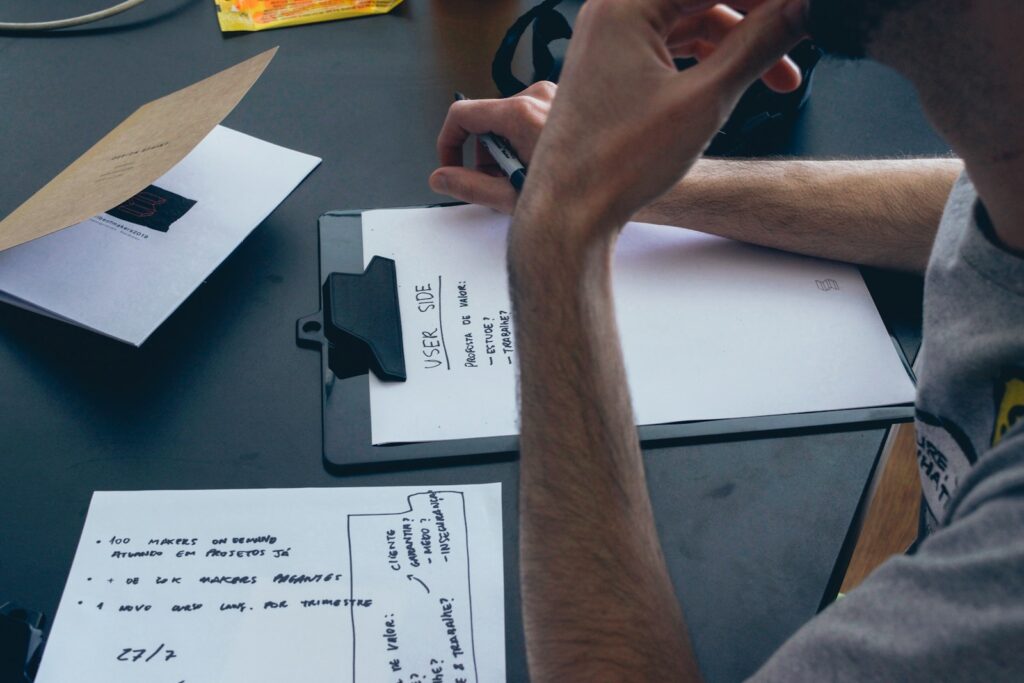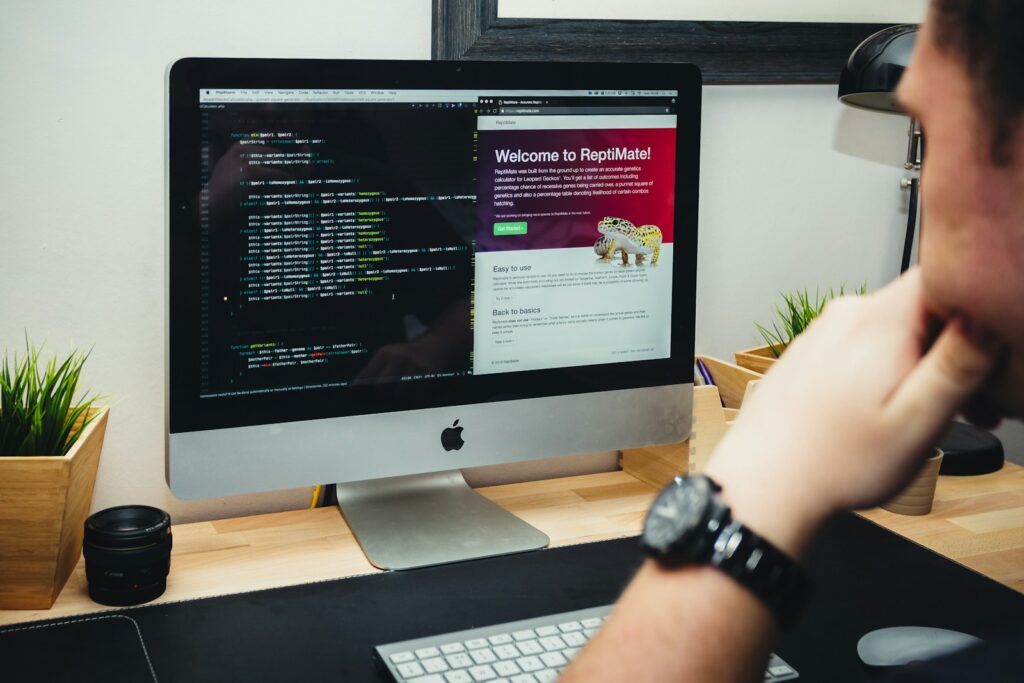As an AI enthusiast and entrepreneur deeply involved in web development and design, the question of whether artificial intelligence (AI) will replace designer jobs is one that often occupies my thoughts. In this article, I’ll explore the implications of AI on the design industry, drawing from my own experiences and expertise in the field.
Understanding the Impact of AI on Design
AI’s Role in Design Automation
AI has undoubtedly revolutionized various industries, offering solutions that streamline processes and enhance efficiency. In the realm of design, AI-powered tools have emerged to automate repetitive tasks, such as generating layouts, optimizing images, and even assisting in content creation.
The Rise of Generative Design
Generative design, a subset of AI, involves using algorithms to create designs based on specified parameters. These algorithms can produce countless iterations of a design, allowing designers to explore a wide range of possibilities quickly. While this technology enhances creativity and innovation, it also raises concerns about the role of human designers in the design process.
Enhancing Creativity with AI
Contrary to the fear that AI will replace designers, many argue that AI serves as a catalyst for creativity. By handling mundane tasks, AI frees up designers to focus on higher-level creative thinking and problem-solving. Additionally, AI tools can analyze vast amounts of data to provide insights and inspiration, leading to more informed design decisions.
The Future of Designer Jobs in an AI-driven World
Collaborative Partnership between AI and Designers
Rather than viewing AI as a threat, designers can embrace it as a collaborative partner. By leveraging AI tools and algorithms, designers can augment their skills and capabilities, leading to more efficient workflows and innovative outcomes. The key lies in understanding how to harness AI to enhance, rather than replace, human creativity.
Evolving Skill Sets for Designers
As AI continues to influence the design landscape, designers must adapt by acquiring new skills and knowledge. While technical proficiency remains essential, designers should also focus on honing their creativity, empathy, and critical thinking abilities—qualities that AI cannot replicate. Additionally, understanding AI principles and how to integrate AI technologies into the design process will be increasingly valuable.
Embracing Change: The Future of Design
Opportunities for Innovation and Growth
Rather than viewing AI as a threat to job security, designers can embrace it as an opportunity for innovation and growth. AI opens up new possibilities for design exploration and experimentation, enabling designers to push the boundaries of creativity and deliver impactful solutions to clients and users.
Redefining the Role of Designers
In an AI-driven world, the role of designers is not obsolete but rather evolving. Designers are no longer just creators of visuals; they are strategic thinkers, problem-solvers, and empathetic communicators. By embracing AI technologies and adapting to changing demands, designers can position themselves as indispensable assets in the design ecosystem.
Conclusion: Embracing the Future of Design with AI
As an entrepreneur and AI enthusiast, I firmly believe that AI will not replace designer jobs but rather empower designers to achieve new heights of creativity and innovation. By embracing AI as a collaborative partner and continuously evolving their skills, designers can shape a future where human creativity thrives alongside technological advancements.
Explore innovative web development solutions at UnikBrushes to bring your creative visions to life.
Join us on the journey to academic excellence with LearnyHive, where cutting-edge technologies empower engineering students to succeed.
Thank you for reading, and together, let’s embrace the transformative potential of AI in design.




